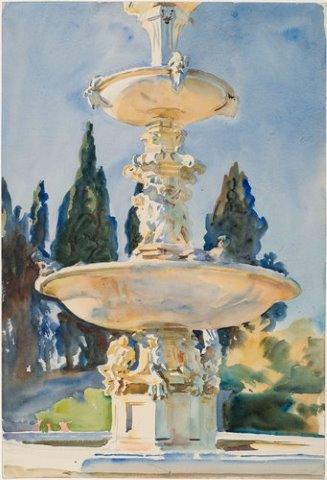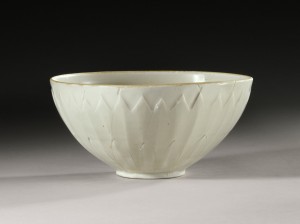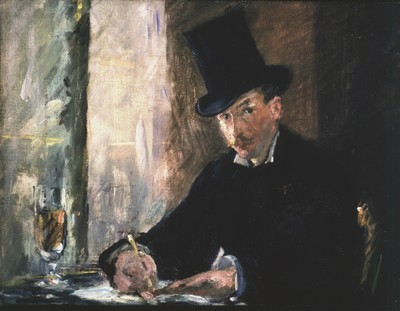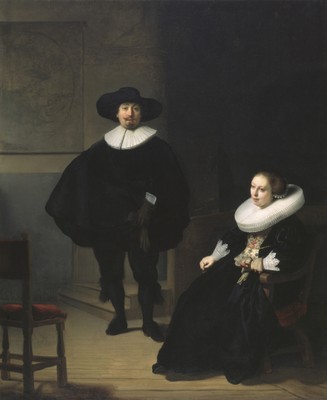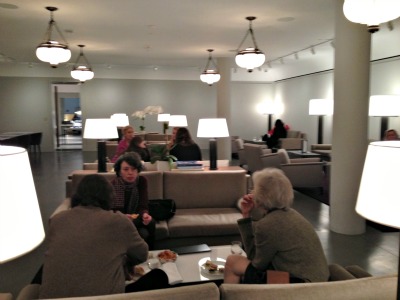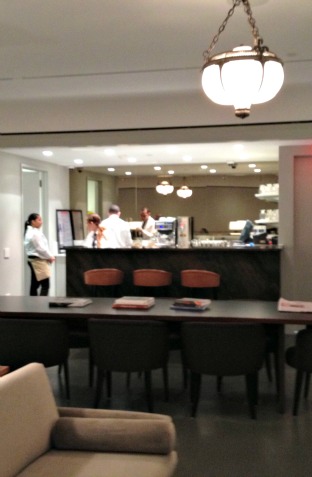 Guess who was a (pretty) big buyer in last fall’s contemporary art auctions? Yup — Crystal Bridges. The museum dropped $10.2 million on a Donald Judd stack at Christie’s, and another $3.4 million at Sotheby’s for Andy Warhol’s Hammer and Sickle, from 1977. Those two works, plus the previously disclosed purchase of a Rothko from 1960 from a private Swiss collector at the estimated cost of $25 million (which I revealed in a Wall Street Journal article last September), are enabling the museum to mount a sweeping reinstallation of its 20th century galleries.
Guess who was a (pretty) big buyer in last fall’s contemporary art auctions? Yup — Crystal Bridges. The museum dropped $10.2 million on a Donald Judd stack at Christie’s, and another $3.4 million at Sotheby’s for Andy Warhol’s Hammer and Sickle, from 1977. Those two works, plus the previously disclosed purchase of a Rothko from 1960 from a private Swiss collector at the estimated cost of $25 million (which I revealed in a Wall Street Journal article last September), are enabling the museum to mount a sweeping reinstallation of its 20th century galleries.
I lay a lot of this out in The Art Newspaper, in an exclusive article, posted online today and headlined Crystal Bridges answers criticism with post-war acquisitions. There’s a nice slide show including the Judd and the Warhol.
Ok, the museum wouldn’t quite characterize its purchases that way, but journalists will be journalists (I didn’t write the headline, but I can’t disagree with it either).
I think the important thing is that anyone who thought Crystal Bridges was going to open and be done (and btw, it has drawn nearly 734,000 visitors since its opening on 11/11/11) is wrong. Not so. Yesterday, the museum also announced the installation of a sculpture by Luis Jimenez for its sculpture trail, and last week, it said that Credit Suisse had given it a half-interest in a painting of Alexander Hamilton by John Trumbull, with the other half going to the Met. It continues to plan special exhibitions, in partnership with several other museums.
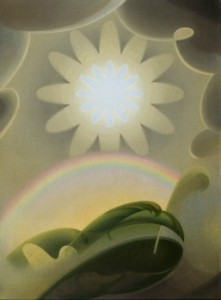 It’s true, there’s been too much turnover at top for my taste, but we’ll have to wait and see exactly what that means.
It’s true, there’s been too much turnover at top for my taste, but we’ll have to wait and see exactly what that means.
What The Art Newspaper didn’t say in the headline — but I do in the article — is that Crystal Bridges is also beefing up its prewar 20th century galleries. I’m posting a couple of them here. At the top is Stone City Landscape by Marvin Dorwent Cone, and at right is Sand Storm by Agnes Pelton.
Photo Credits: Courtesy of Crystal Bridges

